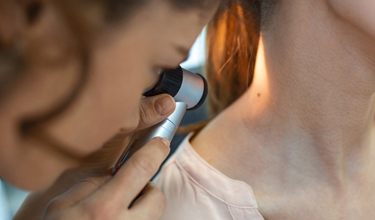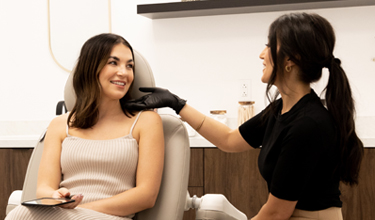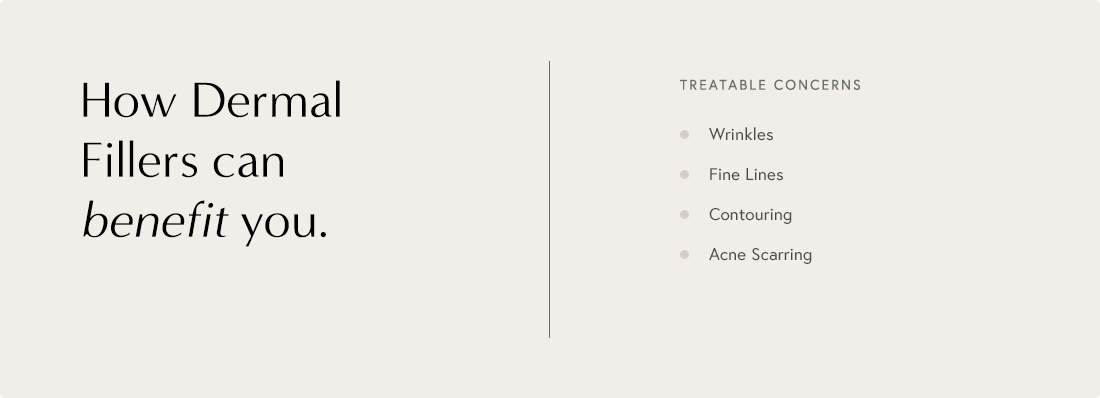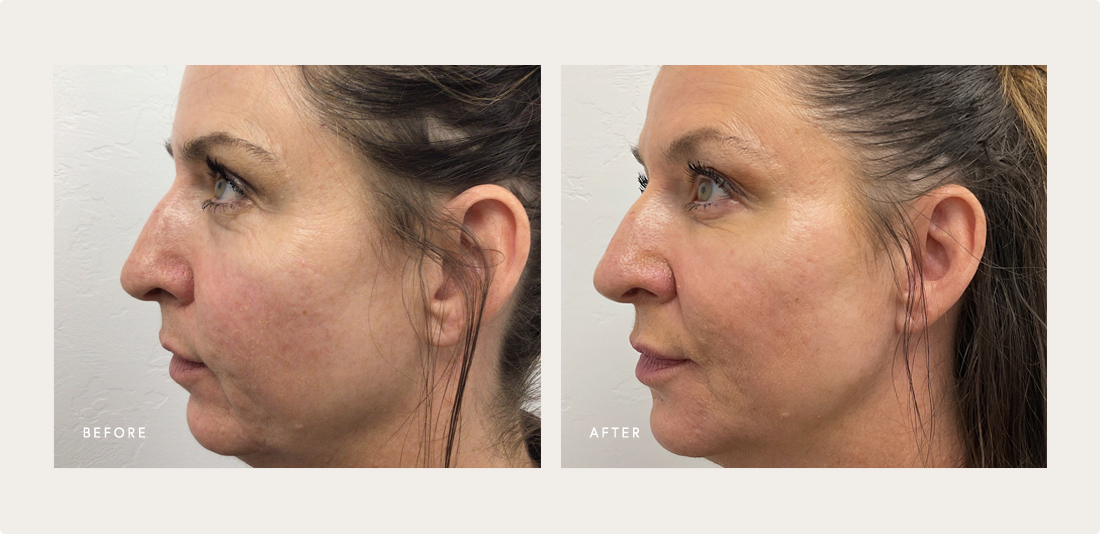Dermal Fillers
Dermal fillers are injected beneath the skin to enhance facial contours, reduce wrinkles, and restore volume and fullness in the face. As we age, we naturally lose subcutaneous fat, which means our facial muscles are closer to the skin surface, making smile lines and crow’s feet more apparent. Sun damage affects not only the skin’s pigmentation, but accelerates the loss of collagen, the structural protein that gives the skin shape and form. Gravity pulls downward and accentuates the nasolabial folds and marionette lines, creating jowls, and lines and creases become etched in. We lose our youthful fullness.
Dermal fillers can not only mitigate these signs of aging but are also used for other aesthetic enhancements such as lip and cheek augmentation, and beyond the face, they can be effectively used to rejuvenate the hands, earlobes, decolletage, neck, nose, and temples.
Dermal fillers offer a versatile solution for various cosmetic enhancements, providing significant improvements with minimal downtime. Each application requires an expert injector who has a thorough understanding of anatomy, and expert techniques to ensure safety and effectiveness. Dr. Sheila Farhang is a board-certified dermatologist with specialized cosmetic training in advanced techniques and is an expert injector.










 / 291 Reviews
/ 291 Reviews
socialize with avant
#naturalskin